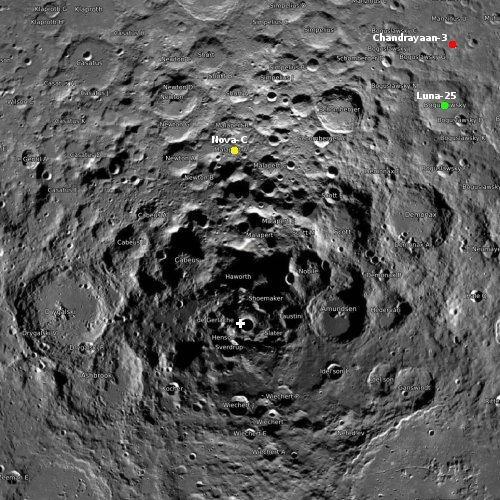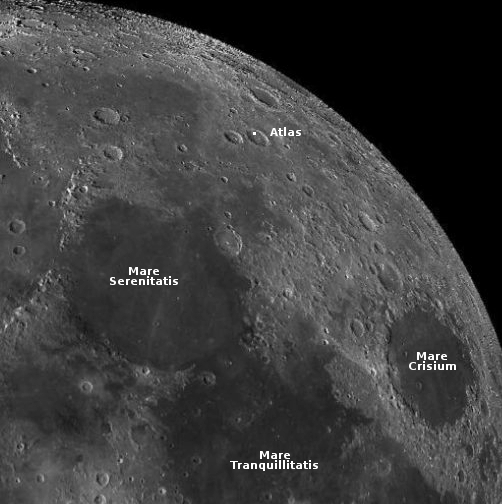First set of SpaceX’s second generation Starlink satellites experiencing issues
According to a tweet from Elon Musk yesterday, the first set of 21 larger second generation Starlink satellites, launched on February 27, 2023 by a Falcon 9 rocket, have experiencing “some issues.”
Some sats will be deorbited, others will be tested thoroughly before raising altitude above Space Station.
More information here.
Starting around March 15, their orbital altitude started to decrease at varying rates: most gradually, but at least two more steeply, descending to about 365 kilometers. All 21 remain in orbit, but that unusual behavior prompted speculation of problems with the satellites.
The second set of new Starlink satellites is scheduled for launch no earlier than March 30, 2023, but expect that launch to be delayed in order for SpaceX engineers to troubleshoot these issues and then apply what they have learned on the new satellites.
According to a tweet from Elon Musk yesterday, the first set of 21 larger second generation Starlink satellites, launched on February 27, 2023 by a Falcon 9 rocket, have experiencing “some issues.”
Some sats will be deorbited, others will be tested thoroughly before raising altitude above Space Station.
More information here.
Starting around March 15, their orbital altitude started to decrease at varying rates: most gradually, but at least two more steeply, descending to about 365 kilometers. All 21 remain in orbit, but that unusual behavior prompted speculation of problems with the satellites.
The second set of new Starlink satellites is scheduled for launch no earlier than March 30, 2023, but expect that launch to be delayed in order for SpaceX engineers to troubleshoot these issues and then apply what they have learned on the new satellites.













